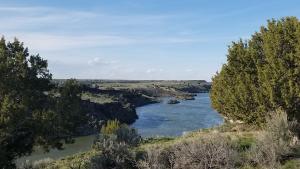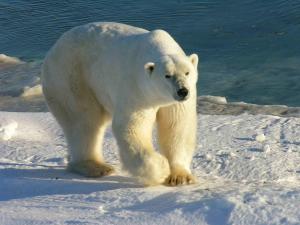Tribal Nations
Climate change continues to negatively affect the livelihoods, health, and cultural practices of Indigenous Peoples, as well as the ecological resilience of their territories. Self-determination is key to implementing effective resilience strategies that meet the needs of Indigenous communities.
- Indigenous Peoples face risks to well-being and livelihoods from climate change and barriers to energy sovereignty
- Self-determination is key to Indigenous Peoples’ resilience to climate change
- Indigenous leadership guides climate change response
Adapted from the Tribes and Indigenous Peoples chapter of the Fifth National Climate Assessment.
Looking for previous narratives?
Featured resources

Upper Snake River at Massacre Rocks. Image credit: Scott Hauser, Upper Snake River Tribes Foundation. Used with permission
Related Case Studies & Action Plans

Photo attributed to Ansgar Walk. Incorporated here under the Creative Commons Attribution-Share Alike 3.0 Unported license. No endorsement by licensor implied.

This photo has been released into the public domain because it contains materials that originally came from the U.S. National Oceanic and Atmospheric Administration. No endorsement by licensor implied.

Photo attributed to Glenn. Incorporated here under the Creative Commons Attribution-Share Alike 2.0 Generic license. No endorsement by licensor implied.

Photo attributed to Mike Brennan. Incorporated here under the Creative Commons Attribution-Share Alike 2.0 Generic license. No endorsement by licensor implied.




